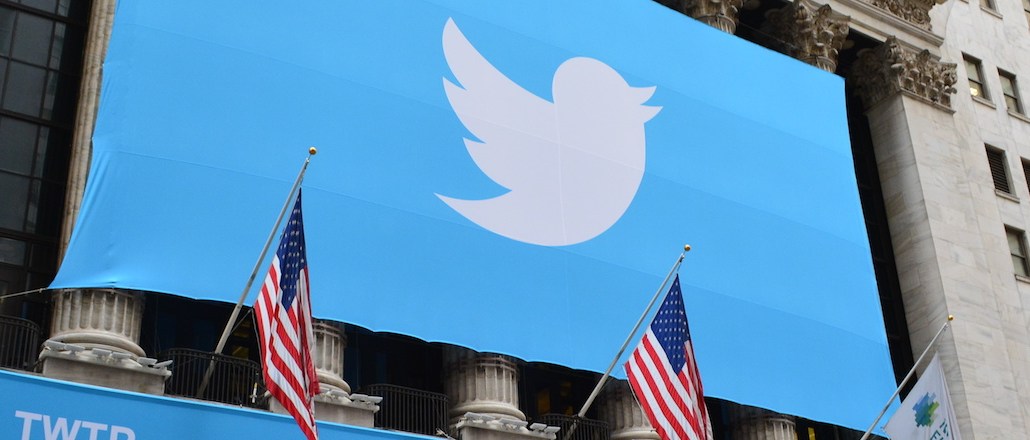
We all subtweet, but Twitter wants to take ownership of it.
The social network has filed papers to trademark the word “subtweet,” according to a Oct. 30 filing first noticed by Politico media editor Alex Weprin. For those unfamiliar with subtweeting, it’s when a Twitter user shades another without explicitly stating their name or handle. It’s the modern equivalent of talking behind a person’s back.
The term, used since at least 2013, is a quirk within the community and has spawned explainers, memes and think pieces.
It’s even made its way into the mainstream as a way to describe someone calling out another person without naming them, as seen in this recent Washington Post story titled “Bernie Sanders’s speech Saturday was one long subtweet of Hillary Clinton,” even though it didn’t happen on Twitter.
“When you need to protect your namespace from people who would misuse it. #keepingit100,” a Twitter spokesman told Digiday.
It’s likely that Twitter doesn’t plan to do anything with it; rather it’s seeking protection for it so rival social networks can’t hijack it. In the past, Twitter has filed a trademark for the words tweetstorm, tweet, retweet and hashflag, also to protect their identity. (They were successful with hashflag; the others are still under review.)
More in Media

AI Briefing: How political startups are helping small political campaigns scale content and ads with AI
With about 100 days until Election Day, politically focused startups see AI as a way to help national and local candidates quickly react to unexpected change.

Media Briefing: Publishers reassess Privacy Sandbox plans following Google’s cookie deprecation reversal
Google’s announcement on Monday to reverse its plans to fully deprecate third-party cookies from its Chrome browser seems to have, in turn, reversed some publishers’ stances on the Privacy Sandbox.

Why Google’s cookie deprecation reversal isn’t actually a reprieve for publishers
Publishers are keeping a “business as usual” approach to testing cookieless alternatives despite Google’s announcement that it won’t be fully deprecating third-party cookies after all.





